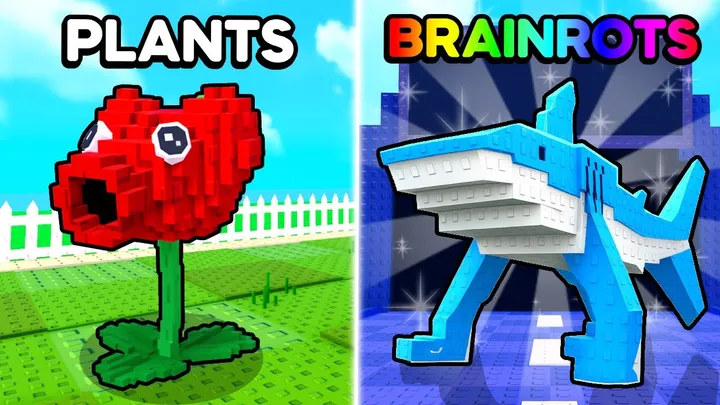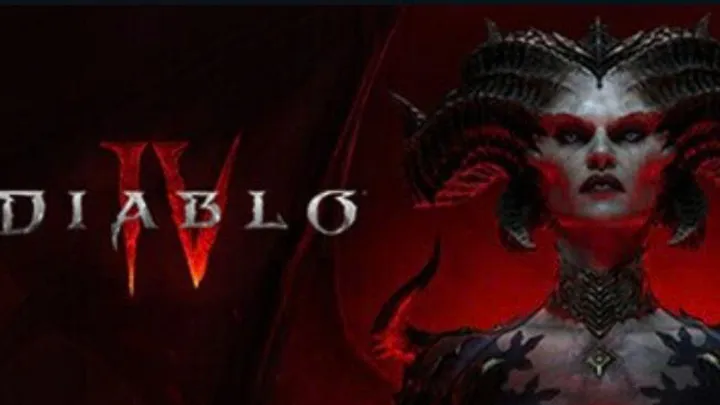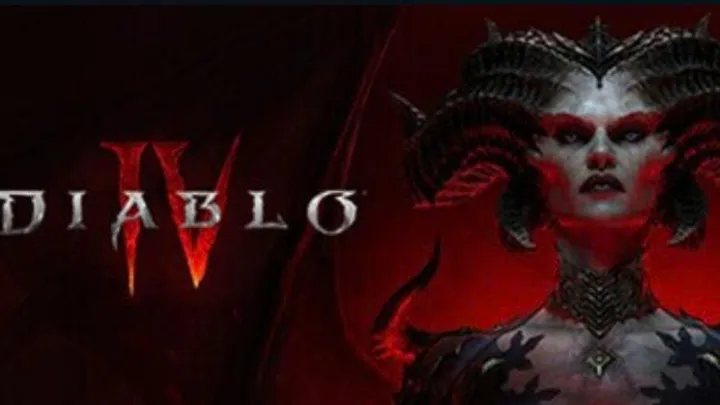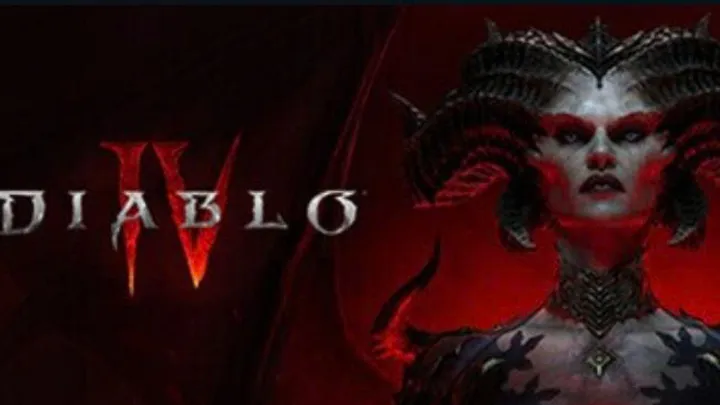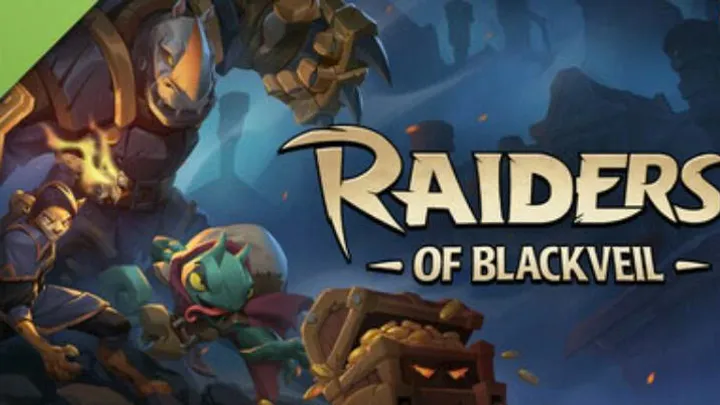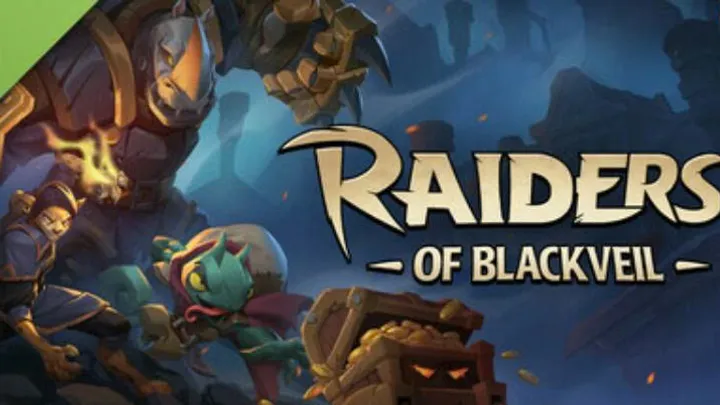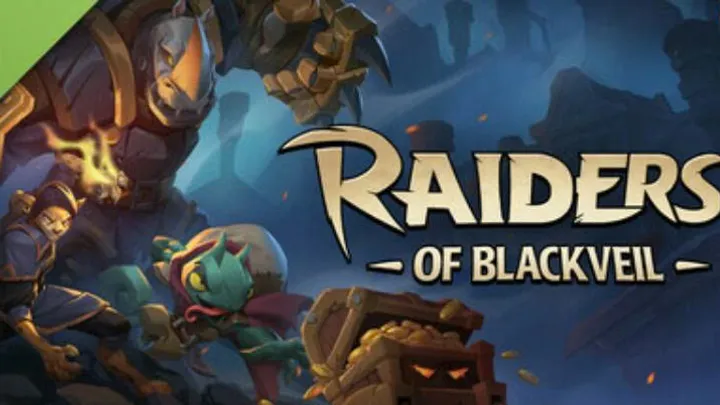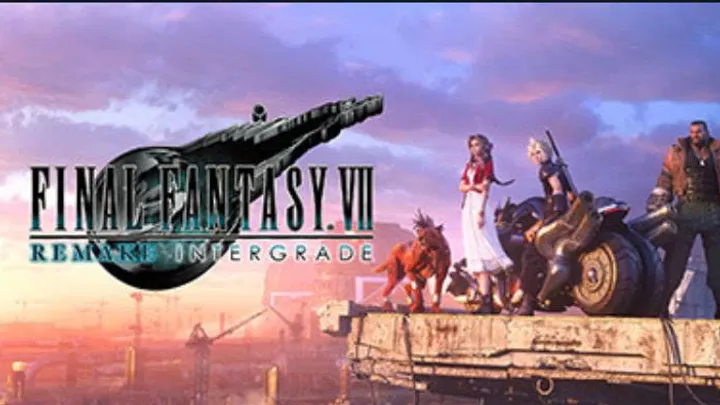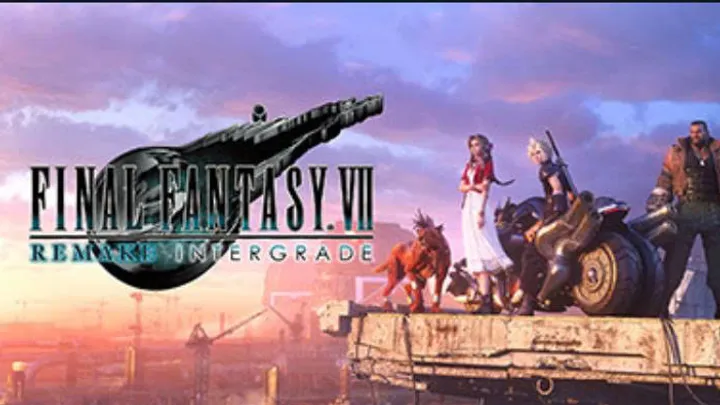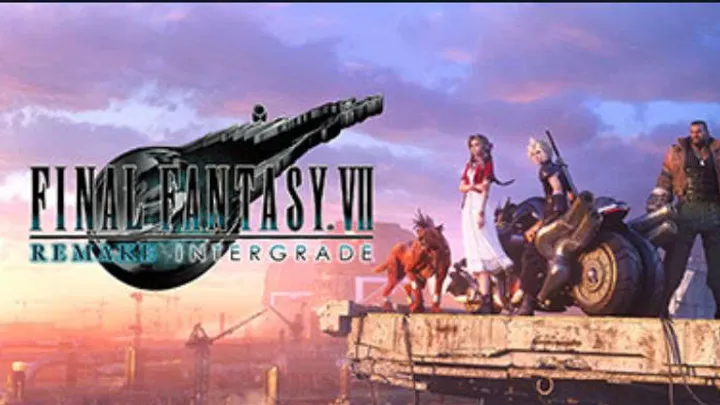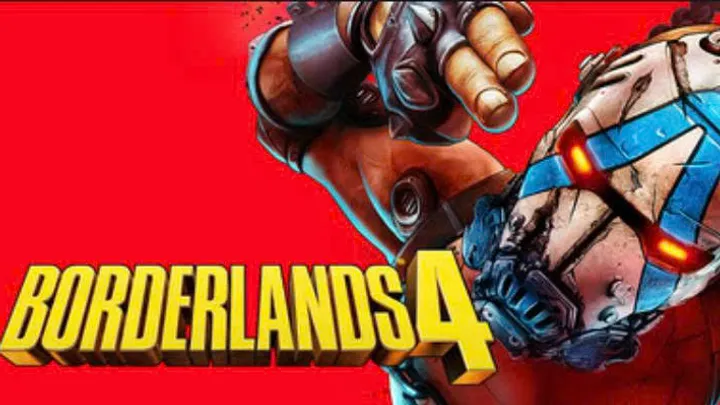Released in September 2025, Dying Light: The Beast marks the return of Kyle Crane, the protagonist from the original Dying Light and its expansion, The Following. Developed and published by Techland, the game is a standalone survival horror experience that builds upon the franchise's core mechanics while introducing new elements to enhance gameplay and narrative depth.
The Protagonist's Return: Kyle Crane's Transformation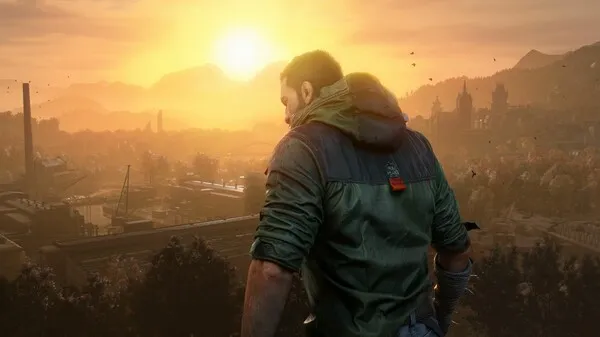
In The Beast, players once again assume the role of Kyle Crane, who has undergone significant changes since his last appearance. Captured by the Baron and subjected to years of painful experiments, Crane escapes, only to find himself transformed into a hybrid of human and zombie DNA. This transformation grants him superhuman abilities, including enhanced strength and agility, but also brings him face-to-face with the "beast" within. The game's narrative centers around Crane's struggle to control this inner beast while seeking revenge on the Baron, the man responsible for his transformation.
Crane’s transformation is not only a gameplay mechanic but a narrative device that deepens the story. Players experience both empowerment and vulnerability, as the beastly abilities come with uncontrollable impulses that affect interactions and combat. This duality reinforces the theme of humanity versus monstrosity, giving the protagonist a layered complexity rarely seen in zombie games.
Setting and Atmosphere: Castor Woods
The game is set in Castor Woods, a rural tourist destination in the Western Alps now overrun by zombies. Inspired by eerie and haunting environments, the setting blends natural beauty with constant danger. Players explore dense forests, abandoned villages, and treacherous landscapes while managing the challenges posed by both the infected and hostile human factions.
The atmosphere of Castor Woods is enhanced by dynamic weather, realistic lighting, and day-night cycles, which affect gameplay. Nighttime brings increased zombie aggression, forcing players to rely on stealth, agility, and strategic planning to survive. The environment itself becomes a character in the game, influencing pacing and tension throughout Crane’s journey.
Gameplay Mechanics: Parkour and Combat
Dying Light: The Beast retains the series' signature first-person parkour mechanics, enabling players to traverse the environment fluidly. Crane's enhanced abilities further augment agility, allowing for more dynamic movement and combat strategies. Players can climb buildings, leap across rooftops, and use the terrain to their advantage.
Combat is equally versatile. The game features a wide range of melee weapons and firearms, each with unique handling and upgrade paths. Players must decide when to engage enemies directly or rely on stealth and environmental tools. This balance between mobility, combat, and strategy is a hallmark of the series, heightened in this iteration by Crane’s hybrid powers.
"Beast Mode": Embracing the Transformation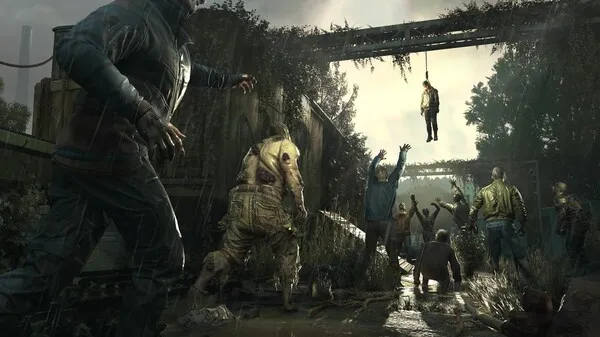
A central feature of the game is the "Beast Mode," a temporary state where Crane taps into his volatile DNA to unleash devastating attacks. In this mode, he can perform powerful bare-handed strikes, hurl environmental objects, and overwhelm large groups of enemies.
However, Beast Mode is not without consequences. Overuse risks losing control, causing Crane to attack allies or trigger traps unintentionally. This mechanic forces players to weigh the immediate tactical advantage against long-term consequences, adding a psychological layer to gameplay. Beast Mode embodies the central theme of the game: the struggle between Crane’s human conscience and the monster within.
Narrative Depth: Allies and Betrayals
Throughout the game, Crane encounters several key characters, including Olivia, a woman with her own vendetta against the Baron. Alliances are tested as secrets unfold, leading to moments of betrayal and shifting loyalties.
The narrative explores themes of trust, revenge, and the moral complexities of survival in a post-apocalyptic world. Decisions made by the player can alter relationships and outcomes, giving the story a sense of weight and replayability. This character-driven storytelling enhances immersion, making players emotionally invested in Crane’s journey.
Visuals and Audio Design: Enhancing Immersion
The game features highly detailed graphics, utilizing an advanced version of Techland's engine to deliver realistic environments, character models, and animations. Weather effects, shadows, and environmental destruction contribute to a living, breathing world that responds dynamically to player actions.
Audio design plays a critical role in immersion. Ambient sounds, subtle creature noises, and a tense musical score enhance suspense, while the lack of music in some moments amplifies the horror of being alone in a forest at night. These elements combine to make Castor Woods feel both beautiful and menacing.
Multiplayer Experience: Cooperative Play
Dying Light: The Beast supports 4-player cooperative multiplayer, allowing friends to team up and tackle the game’s challenges together. Players can coordinate strategies, share resources, and combine abilities, such as using one player’s Beast Mode to distract enemies while another sneaks in for an objective.
Co-op play enhances both gameplay and narrative. Players can experience story beats together and witness the consequences of decisions as a group, creating a shared survival experience. This mode emphasizes teamwork without diminishing the core tension of the single-player campaign.
Critical Reception: A Return to Form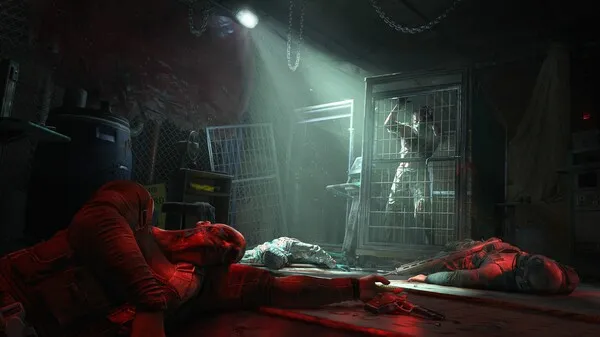
Upon release, Dying Light: The Beast received generally favorable reviews from both critics and players. Praise centered on its return to survival horror roots, the depth of Kyle Crane’s character development, and the innovative gameplay mechanics like Beast Mode.
The game's challenging combat, fluid parkour, and rich environment were highlighted as significant improvements. While some noted the difficulty spikes in early sections, most players agreed that these moments intensified the thrill and satisfaction of progression. The balance between exploration, narrative, and action was widely appreciated as a return to the franchise’s best qualities.
Conclusion: A Worthy Successor
Dying Light: The Beast successfully revitalizes the franchise by returning to its survival horror origins while introducing innovative gameplay elements. Crane’s internal struggle adds emotional depth, and the atmospheric setting, engaging combat, and dynamic mechanics offer a compelling experience.
The game demonstrates that survival horror can evolve while staying true to its roots, providing both fans and newcomers with a tense, immersive, and rewarding adventure. Techland has created a worthy successor that captures the essence of the Dying Light series and leaves players eager for future expansions.
